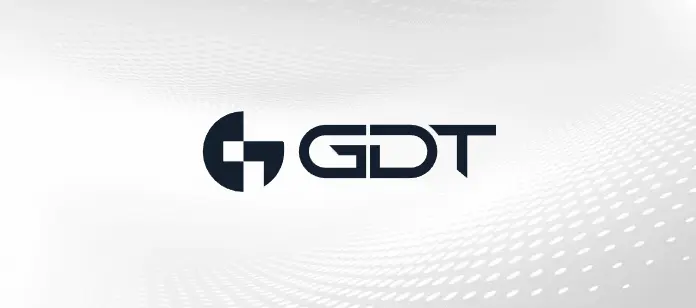Choosing a silicon architecture typically means a seamlessly endless series of decisions. Do you want routing versus web-scale switching? Deep or shallow buffered? High or low scale? Scheduled or unscheduled fabric? Cisco Silicon One™ is a breakthrough technology because it enables a single silicon architecture that doesn’t make you have to choose. Even better? Designers and network architects no longer need to invest in and learn multiple unique architectures in parallel, nor do support and operations teams need to train engineers on the behavior of all the unique silicon architectures and systems.
Silicon One means you can enjoy the simplicity of one single architecture. Network operators are no longer required to understand, qualify, deploy, and troubleshoot multiple disjointed architectures. They can learn and integrate a single architecture, design to a single Software Development Kit (SDK) and deploy it everywhere in the network more rapidly and simply. One architecture also means support teams can understand and troubleshoot issues more quickly. One architecture also means you can simplify facility designs and minimize electricity expenses with industry-leading power efficiency, which in turn means significantly reduced capex and opex while cutting down time to market for new devices and services.
Silicon One enables deployments all the way from the web scale Top of Rack (TOR) switch through the service provider network to the aggregation sites. No other architecture in the industry can do this, but what is even more impressive is that no other architecture can cover this space while still being best of breed in any one location in the network against any competitor. From a unified architecture, multiple devices are built to enable customers to trade off bandwidth, scale, cost, and power, enabling the same architecture to be deployed into both routing and web scale switching roles.
Not only can Cisco Silicon One devices be deployed anywhere in the network, but they can also be deployed in any form factor. The industry standard is to use different silicon architectures for standalone fixed boxes, modular line cards, modular fabric cards, disaggregated line cards (leaf), and disaggregated fabric cards (spine), fracturing the development of features and behaviors based on the size of the system. With Silicon One, a fully unified architecture can be deployed optimally across all these form factors. And with footprint compatible routing and switching silicon and a unified SDK, equipment manufacturers can accelerate time to market and network operators can decrease qualification time, enabling quicker deployment of the latest technologies.
Cisco Silicon One ushers in a new era of networking. It is the only unified architecture which can span across routing and switching, from the web scale data center TOR through the service provider network, across all system design form factors. Customers can port the SDK once and deploy it everywhere. And as a Cisco Gold Partner with FIVE Cisco Master specializations, GDT is the perfect partner to help you implement the breakthrough technology of Silicon One.



